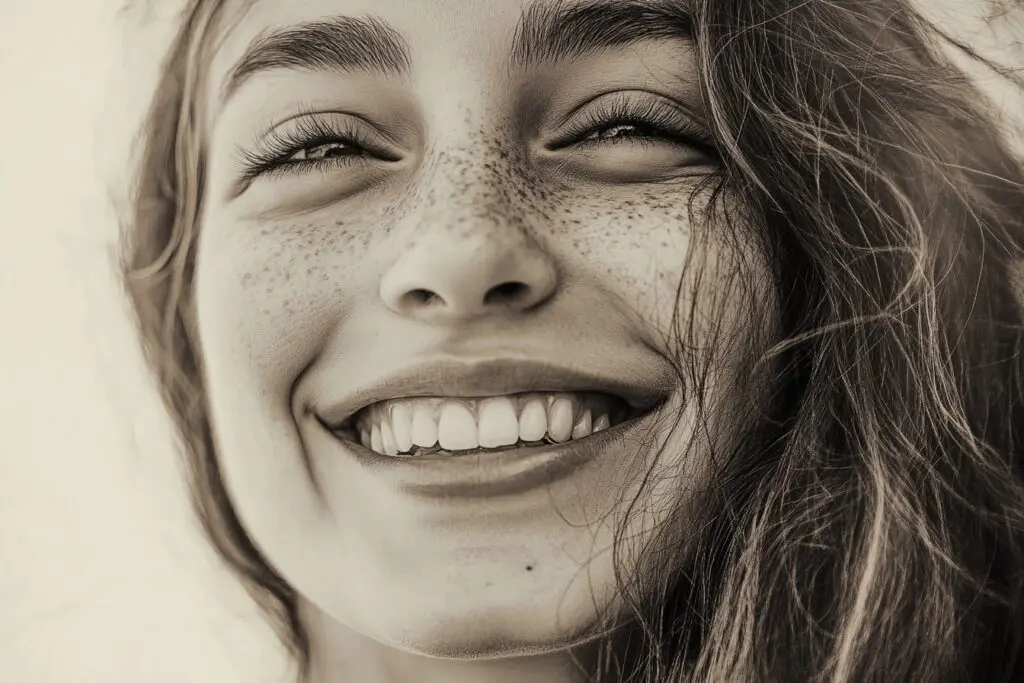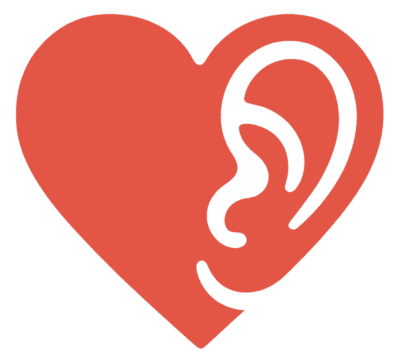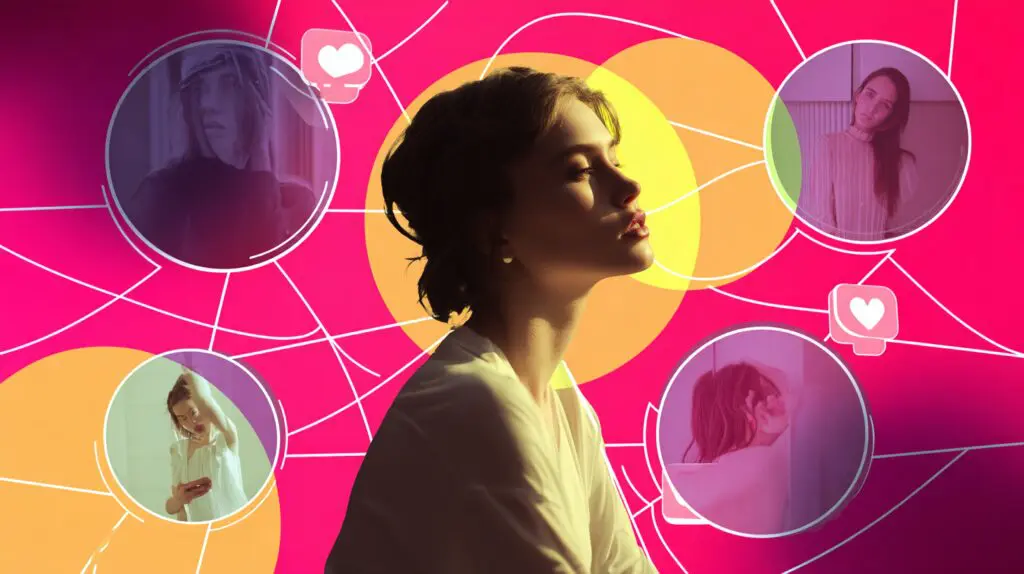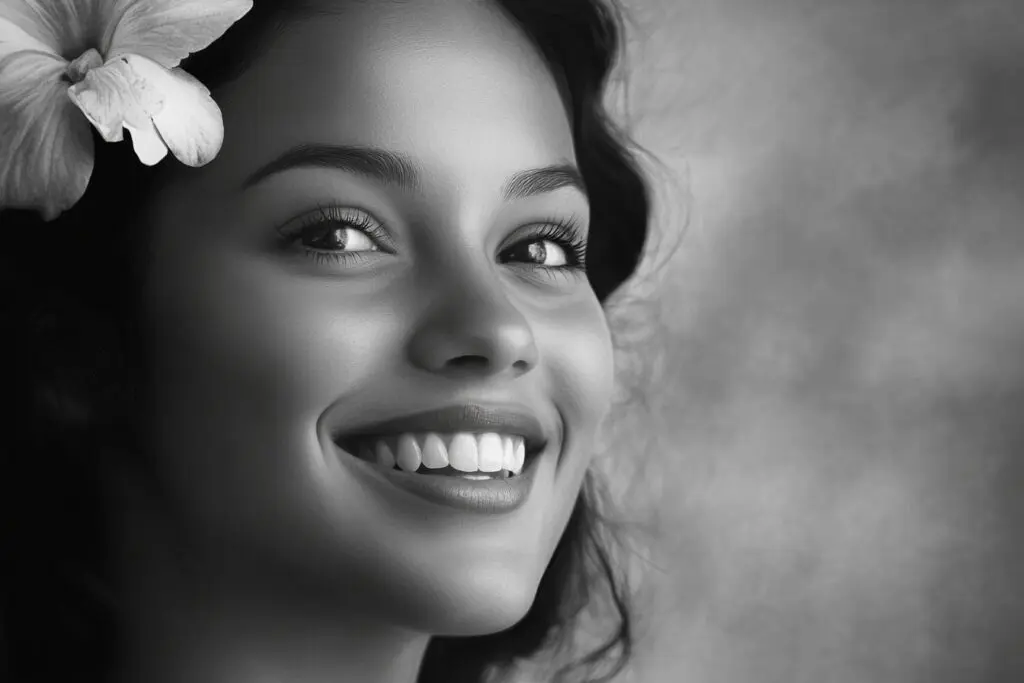Alright, let’s talk photos. We’re constantly swimming in them, right? Scrolling through feeds, checking out dating profiles, seeing friends’ vacation dumps. And we sort of intuitively know that not all pictures hit the same way. A perfectly staged shot feels different from a caught-off-guard laugh. But how different, especially when it comes to how men perceive these images?
It’s less about hard science – forget stuffy labs and fake research for this chat – and more about gut feelings, common observations, and maybe a dash of that subconscious stuff we all do. This Photo Psychology Deep Dive: 3 Ways Men Read Candid vs. Posed Pictures isn’t about definitive rules, but exploring some common patterns I’ve noticed, and frankly, heard echoed in countless conversations with guys over the years.
Think about it: you snap a quick, blurry photo of a friend mid-sentence, capturing pure chaotic energy. Then, you spend ten minutes getting the perfect selfie, angle just right, lighting on point. They’re both pictures of the same person, but they tell wildly different stories, or perhaps, different kinds of stories. And often, guys seem to pick up on these nuances, sometimes without even realizing why. Let’s break down three ways this often plays out.
Way 1: The Authenticity Filter – Spotting the “Real” vs. the “Performance”
This one feels almost primal. There’s a general sense that candid photos often slice through the performance layers we all put up. When a picture captures someone mid-laugh, mid-action, or just looking thoughtful without realizing a camera is on them, it feels like a glimpse behind the curtain. For many guys, this reads as authenticity. It’s like seeing a preview of what hanging out with this person might actually feel like – unguarded, spontaneous, maybe a little messy, but real.
I remember talking to a friend, let’s call him Dave, about dating app profiles. He mentioned swiping left on profiles that were only hyper-polished, posed shots. His reasoning? “It feels like an advert,” he said. “I have no idea who she actually is behind the perfect smile and pose. Give me one messy hair pic, just one!” It wasn’t about judging appearance; it was about seeking a connection to a person, not a perfectly curated image.
Posed photos, on the other hand, inherently involve awareness and control. You’re presenting yourself. This isn’t necessarily bad – confidence and knowing your angles can be attractive! But it signals intention. The viewer knows you meant to look this way. For some men, this can trigger a subtle filter: “Okay, this is the version she wants me to see. What’s underneath?” It feels less like discovery and more like receiving a prepared statement. If all the photos are posed, it can sometimes create a barrier, a sense that the person is perhaps less approachable or maybe even hiding something. Again, it’s not a hard rule, just a common gut reaction.
Way 2: The Approachability Gauge – Invitation vs. Intimidation (or Status)
Think about the vibe a photo gives off. Candid shots, especially happy ones, often radiate approachability. A genuine smile caught mid-moment, someone leaning into a conversation, even a slightly goofy expression – these things tend to lower perceived barriers. They often suggest warmth, openness, and a lack of pretense. For a guy looking at the photo, this can translate into feeling like this person might be fun, easy to talk to, or generally welcoming. It’s an implicit invitation: “This is me, relaxed and real.”
Posed photos, particularly very glamorous, serious, or “power stance” ones, can sometimes project something different. They might signal status, control, seriousness, or a high degree of self-awareness about one’s image. This can absolutely be attractive – confidence is compelling! But it can also, occasionally, feel less inviting. It might read as more formal, more distant, or even slightly intimidating, depending on the context and the viewer’s own personality. It’s less “come hang out” and more “admire the presentation.”
It’s tricky, though. Sometimes a really well-done posed shot screams confidence in a way that’s incredibly appealing, not intimidating at all. And a poorly timed candid can look awkward or off-putting. Context is king here. A posed professional headshot is expected to look controlled. A posed vacation shot on a yacht sends a different message than a posed shot making a funny face. But generally, the candid often wins on the raw “seems easy to approach” scale for many men.

Way 3: The Story Spark vs. The Static Statement – What’s Unfolding vs. Who I Am (Right Now)
This is maybe the most subtle difference. Candid photos often feel like a single frame from a larger movie. They capture a moment in progress. What just happened to make them laugh like that? Where are they looking? Who are they with? There’s an implied narrative, a sense of life happening around the picture. This can spark curiosity and imagination in the viewer. Men, like anyone, are drawn to stories. A candid shot invites them to wonder, to fill in the blanks, to engage with the moment beyond just the person’s appearance. It feels dynamic.
It’s funny how quickly our brains try to piece together the context on those candid shots, isn’t it? You see someone laughing with friends around a campfire – you instantly imagine the jokes, the warmth, the shared experience.
Posed photos, typically, are the statement. The story is often simpler: “Here I am, looking this specific way.” Or, “I am conveying [confidence/glamour/professionalism/friendliness].” The focus is more squarely on the person as the subject, presented deliberately. It’s less about capturing life unfolding and more about creating a specific portrait or impression. While this can be powerful and direct, it sometimes offers less for the imagination to latch onto beyond the initial assessment of appearance or projected image. It’s more static. A guy might look at a posed photo and think, “She looks great,” but the thought process might end there more quickly than with a candid that makes him wonder, “What was going on there? She looks fun.”
So, What’s the Real Takeaway Here?
Honestly, it’s not about declaring candid photos “better” than posed ones. Both have their place and purpose. A killer posed photo can showcase confidence and style brilliantly. A stunning candid can reveal personality and warmth in an instant. The whole Photo Psychology Deep Dive: 3 Ways Men Read Candid vs. Posed Pictures boils down to understanding that these formats often communicate different things subconsciously.
Men, like everyone, are reading subtle cues about authenticity, approachability, and narrative.
- Candid shots often score high on perceived authenticity and approachability, sparking curiosity about the story behind the moment.
- Posed shots excel at conveying intention, control, and making a specific statement about appearance or image, which can project confidence or status but sometimes feel less revealing or dynamic.
Ultimately, the most effective photos – whether on a dating profile, social media, or anywhere else – are usually the ones that feel true to the person, regardless of whether they were caught off-guard or perfectly arranged. Maybe the best approach is a mix? Show different sides, different moments. Let the posed shots highlight your confidence and the candids reveal your spark. Because trying too hard to curate only perfection can sometimes backfire, making the real, wonderfully imperfect person harder to see. Food for thought next time you’re deciding which picture makes the cut!
Frequently Asked Questions
Should I only choose candid or posed photos for my profile?
Both candid and posed photos serve different purposes; a balanced mix can showcase genuine personality and confidence, helping to portray a well-rounded and authentic image that appeals to men.
What is the significance of storytelling in candid photos according to men’s perceptions?
Candid photos often capture moments that suggest a story or ongoing experience, sparking curiosity and imagination in men about the person’s life, personality, and what they were experiencing in that moment.
How do posed photos influence the way men interpret a person’s personality?
Posed photos can suggest confidence, control, and specific intentions, but they may also create a perception of distance or hiding, as they often lack the spontaneity that reveals authentic personality.
Why do men tend to prefer candid photos over posed ones?
Men often find candid photos more relatable and approachable because they seem to reveal genuine emotions and personality, making it easier to imagine sharing experiences with the person in the image.
What is the difference between candid and posed photos in how men perceive them?
Candid photos often appear more authentic and spontaneous, giving a glimpse of real personality and approachability, while posed photos are more controlled and deliberate, often conveying confidence or status but sometimes feeling less genuine.




